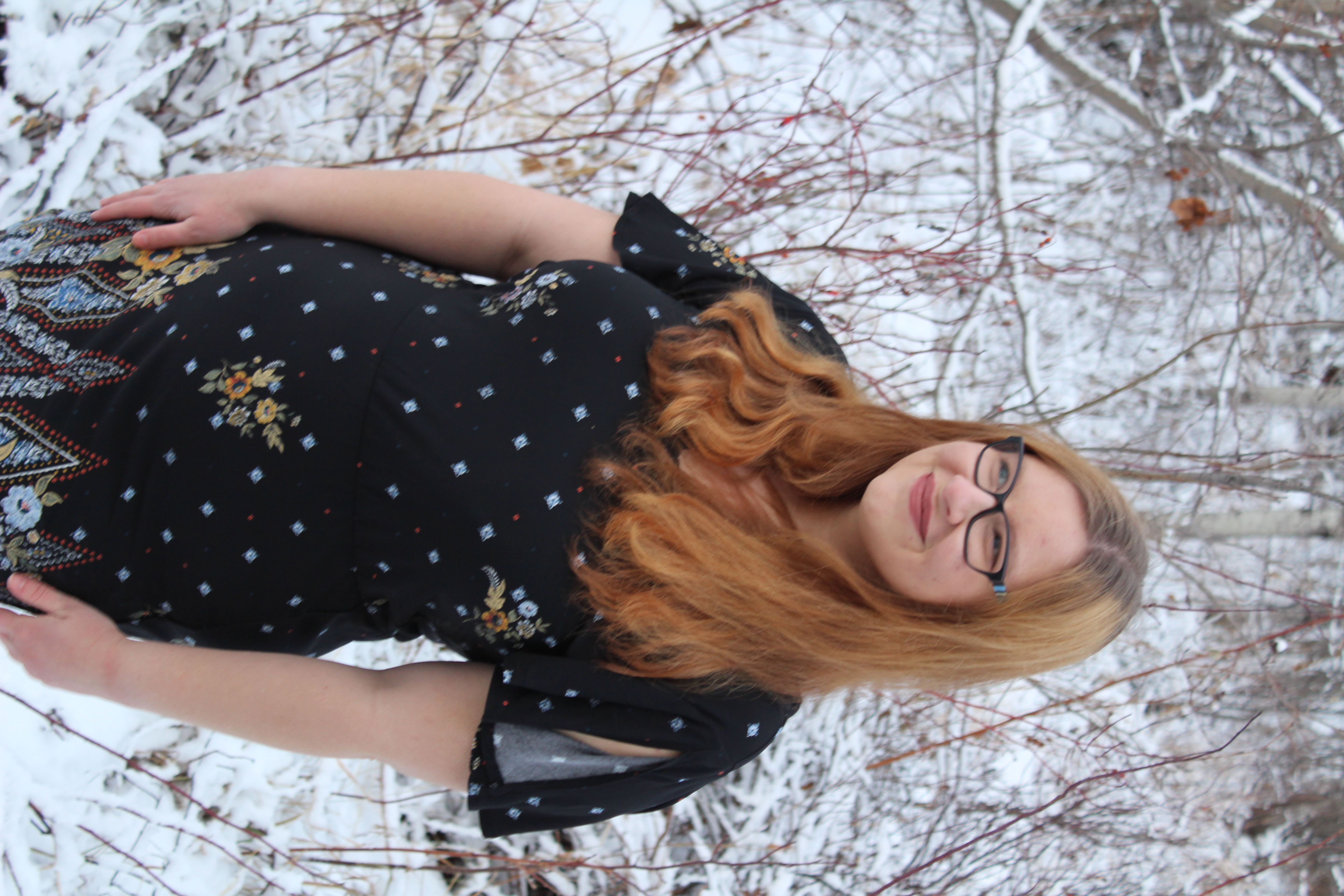Dr. Kristen M. Luchsinger
About Me
I am a research scientist studying lunar polar water ice affiliated with the SETI Institute. I am open to collaboration and community support opportunities–please feel free to reach out if you would like to collaborate on a project or if you are looking for a reviewer or a volunteer for a program or event supporting the lunar volatiles/lunar exploration community.
I completed a NASA Postdoctoral Program fellowship in 2025, where I worked with Dr. Jennifer Heldmann and Dr. Anthony Colaprete on lunar ice at NASA Ames. I received my Ph.D. in Astronomy from the Astronomy Department at New Mexico State University in the fall of 2022, working with Dr. Nancy Chanover on modeling lunar polar volatiles. I completed my Bachelor’s of Liberal Arts at St. John’s College in Annapolis, Maryland in 2015 and my Master’s of Arts in Astronomy at Wesleyan University in Middletown, Connecticut in 2017.
Research Interests
- Characterization of ice at the lunar poles, and of the history of water delivery to the inner Solar System
- Surveying small to intermediate sized craters at the lunar poles
- Constraining the timing of true polar wander
- Numerical n-body modeling of impact plumes, water ice delivery, and water ice migration at a range of spatial and temporal scales
- Horizon ray tracing and thermal profile modeling of lunar polar locations
- Monte Carlo modeling of ice and ejecta stratigraphic column development at the lunar poles and of thermal equilibration of ballistically sedimented surfaces
- Lunar geological mapping
- Data analysis, including principal component analysis techniques, specifically for ground based observations of short-term events such as debris plumes and transiting exoplanet atmospheric spectroscopy
- Comparative data analysis of water ice detections with regard to instrument depth sensitivities.
Recent Projects
NPP Project - studying surface and near-surface volatile suppression in 5 - 15 km diameter craters within Cabeus crater. Work produced findings that suggest 1) impact gardening dredge-up may drive surface ice expression and 2) true polar wander may have resulted in modern PSR extents prior to the end of the Eratosthenian era. Paper submitted 03/2025, oral presentation at LPSC 2024.
Lunar Migration of Ice in Seasonal Transient Shadow (LunarMISTS) - a Python model of short term vertical migration of ice under seasonal or transient lunar shadow conditions. Paper published 10/2022, oral presentation at LPSC 2022, talk for Friends of Lunar Volatiles telecon 2021, poster presentation at NESF 2020. The publication version of the LunarMISTS code is archived at https://zenodo.org/record/6450365#.ZFVueZHMLD4 and a living version can be found at https://github.com/kluchsin/LunarMISTS.
Moon Polar Ice and Ejecta Stratigraphy (MoonPIES) - a Python model of lunar ice and ejecta layering within polar cold traps across lunar history, in collaboration with other members of the LPI Exploration Science Summer Internship program in 2021. Paper published 04/2023, oral presentation at LPSC 2022 by Christian Tai Udovicic. The publication version of the MoonPIES code is archived at https://zenodo.org/record/7067352#.ZFVvSZHMLD4 and a living version can be found at https://github.com/cjtu/moonpies.
LCROSS debris plume modeling - a C++ limited n-body simulation of the LCROSS debris plume with albedo stratification of the target material, fit to ground-based observations of the plume from the Apache Point Observatory. This project concluded that material deeper than 6 meters was not visible in the plume as expected, suggesting a differentiation in material at that depth. Paper published in 2021, see Publications, oral presentation at LPSC 2019, talk for Friends of Lunar Volatiles telecon 2021, poster presetations at LPSC 2018 and DPS 2018.
Past Projects
Exoplanet transit spectroscopy - an observational campain to use the HYDRA spectrometer on the WIYN telescope at Kitt Peak National Observatory to observe Rayleigh scattering in transiting exoplanet atmospheres, led by Dr. Seth Redfield at Wesleyan University. My portion of this work was presented in my Master’s thesis, available through Wesleyan University or via direct communication. Oral presentation at AAS 2017.
High redshift galaxies with faint radio sources - an observational campain involving faint radio sources in observations of the Lockman Hole, combined with infrared observations. This work concluded that the faint radio sources were more likely to be starforming galaxies than AGN. Paper published in 2015, see Publications, oral presentation at AAS 2015.
